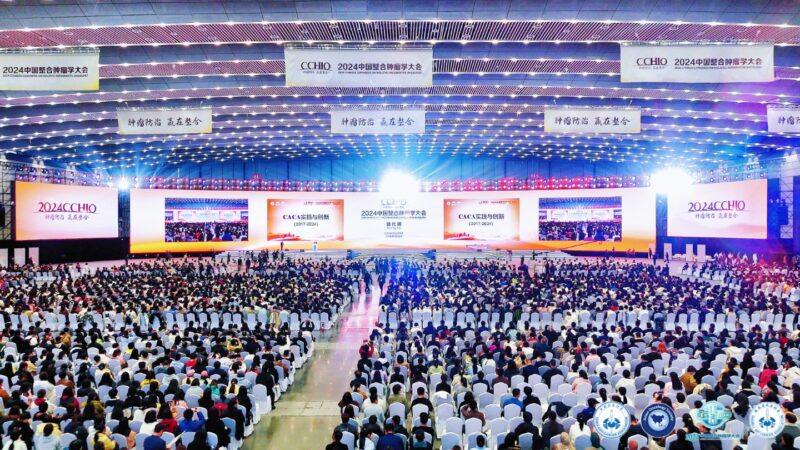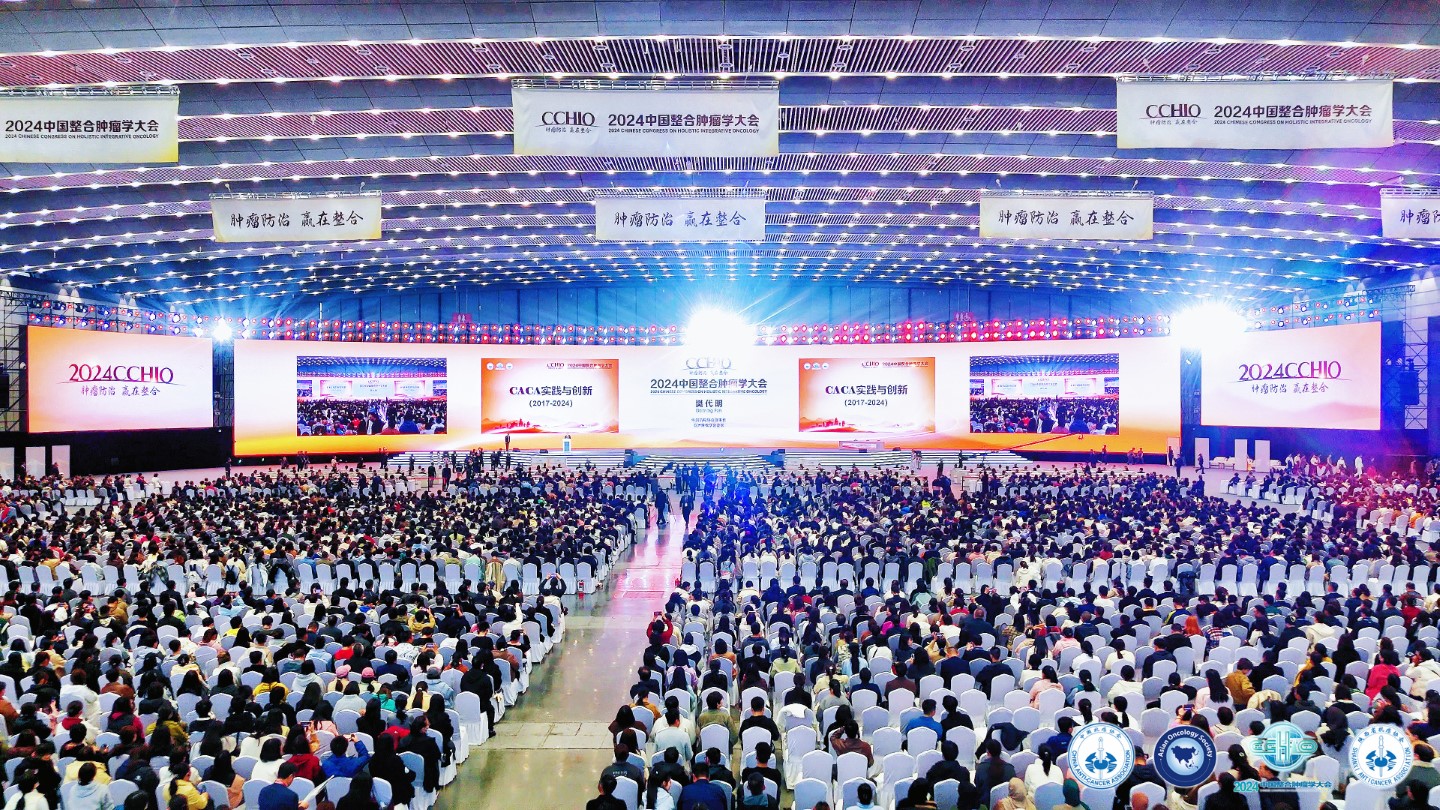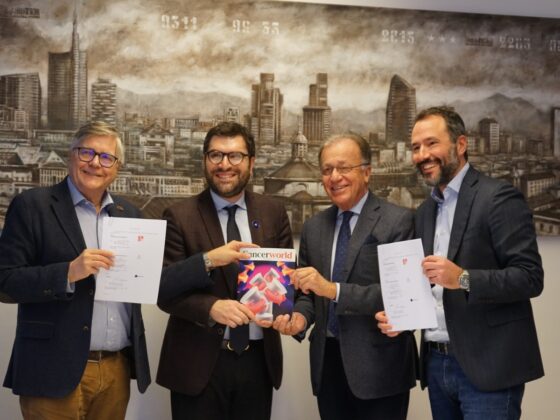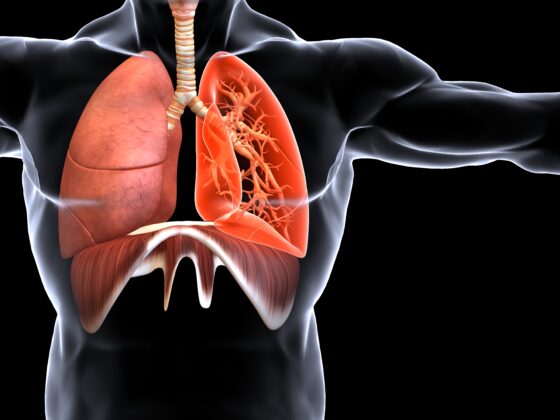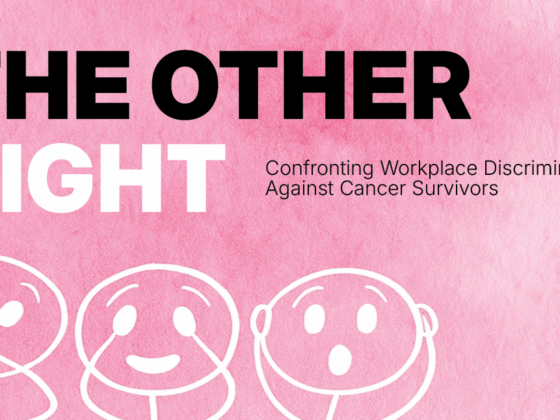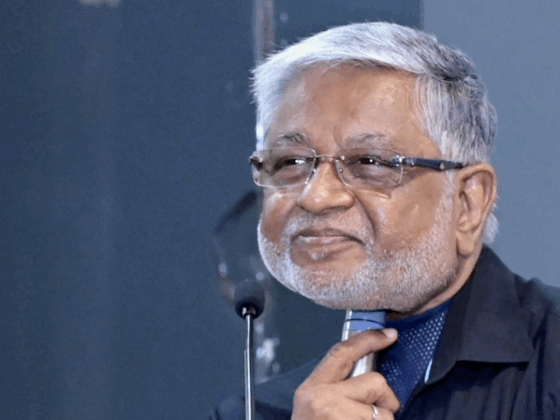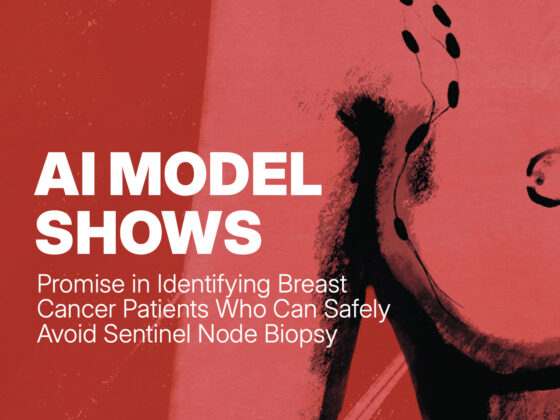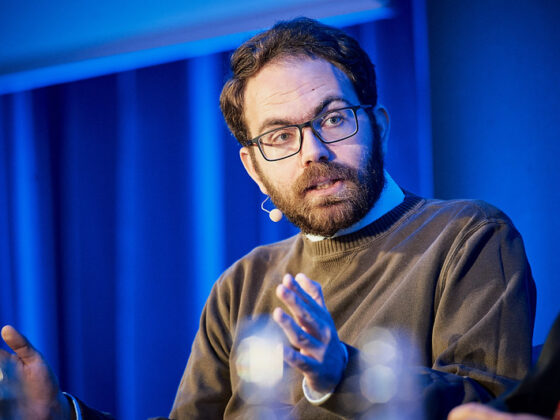China’s oncologists now have access to guidelines which have been developed specifically for their patient population, incorporating locally generated evidence, and embracing holistic approaches to care, including appropriate use of Chinese traditional medicine. Tina Jiang was at the China Integrative Oncology Conference in Xi’an, last November, to find out more.
“For every three cancer patients who die in the world, one is Chinese.” The President of the China Anti-Cancer Association Fan Daiming was speaking to journalists at the 2024 China Integrative Oncology Conference (CCHIO) in Xi’an. He used the stark statistic to underline key messages to both the Chinese and international reporters present in the room: cancer is a major health issue in China, and China’s experiences in oncology can make a vital contribution to global efforts to understand the disease and how best to treat it and care for patients.
As one of China’s ancient capitals, Xi’an was once the starting point of the ancient Silk Road, a bridge between East and West. With this cancer conference, the city once again took on that international bridging role. From November 14 to 17, 2024, the city welcomed more than 60,000 cancer experts to share insights and advances in cancer treatment and care. The conference featured thousands of presentations and discussions across 250 venues, focusing on different aspects of prevention, diagnosis and holistic multidisciplinary care across a full range of cancer types.
These discussions have taken on a particular importance in recent years, since China has embarked on a project to develop its own national cancer care guidelines, and promote their dissemination and implementation. The mammoth task is coordinated by the China Anti-Cancer Association (CACA) – a sizeable national NGO that brings together professional and advocacy organisations from across the country – whose President, Fan Daiming, served as guidelines editor in chief.
Between 2022 and 2023, more than 13,000 specialists were involved in developing national cancer clinical guidelines, which are continually updated and improved. Today, the ‘Chinese Integrated Cancer Diagnosis and Treatment Guidelines’ cover 53 cancer types and 60 treatment modalities and techniques for use in diagnostics, treatment and care. The launch of the 2025 edition was a highlight of the Xi’an Integrative Oncology Conference.
Fan stressed how important it is for Chinese patients to be cared for according to guidelines developed for the use of this specific population. The updated guidelines are more comprehensive than the first edition, he said, with the content expanded by almost one third. They are also more tailored to Chinese patients, as they incorporate much more evidence emanating from China.
Hong Liu is an Executive Board Member of the Breast Cancer Special Committee of CACA. Historically, Chinese doctors have been using, referring to, or translating relevant foreign guidelines to treat their cancer patients, she told Cancerworld. “In the past, we all followed these, whether it was European or American guidelines, but perhaps the localisation was not particularly sufficient, and we felt that not all foreign ones were suitable for us Chinese.”
Foreign guidelines do not always fit the specific context of Chinese patients due to differences, for instance, in their genetic make-up, lifestyle, and environment, Liu explained. She cited the example of anti-angiogenesis treatments for patients with advanced non-small cell lung cancers, which underperformed in Western studies but showed promising results in China due to genetic variations.
Sometimes, it’s not a matter of not wanting to follow foreign guidelines, she adds, but rather not being able to. “We know that many new drugs are still manufactured by several well-known pharmaceutical companies in Europe and the United States, and it takes time for them to enter China. Previously, clinical trials for these drugs lacked data on the Chinese population. Therefore, China will need to conduct its own clinical studies, which can lead to delays in adopting new drugs and treatment methods.”
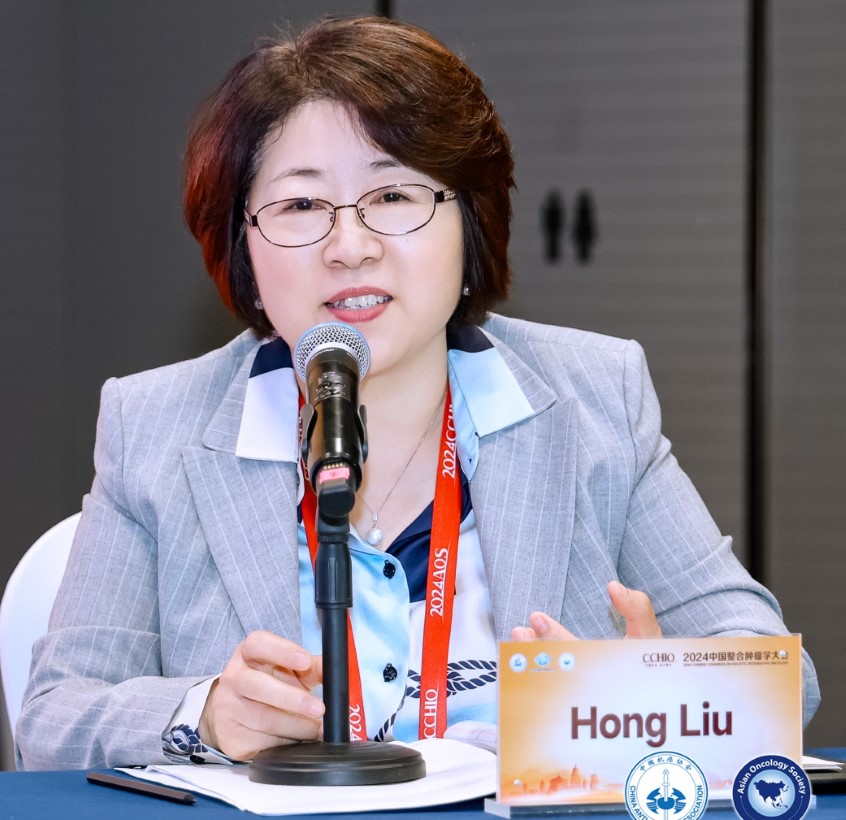
“It reflects a sense of self-confidence… It’s a way of saying, ‘I have gained extensive experience, and I should share this knowledge with others’”
Liu also pointed out that medicine is fundamentally an empirical science, and with China’s vast population and the multitude of cancer cases, Chinese doctors have gained significant experience in this area. “Why not share our findings from these cases? Can we utilise some of our own data and evidence to inform clinical treatment?”
The ability to create a national guideline also reflects a sense of self-confidence, she added. It’s a way of saying, “I have gained extensive experience, and I should share this knowledge with others.”
It is a truly remarkable achievement, according to Katy Winckworth-Prejsnar, Director of the Global Program at the US National Comprehensive Cancer Network (NCCN), who attended the Xi’an conference. The NCCN develops cancer guidelines that are widely used across the US and around the world. Developing a full set of guidelines from scratch is a resource-intensive process that many countries struggle with, she told Cancerworld.
“What we found is it’s very time-consuming and costs a lot of money, and not every country can do it,” she said. “Often countries try to make national guidelines, and they realise it’s very time-consuming and very expensive, and then they come back to us.” In many cases, countries or even regions seek instead to adapt existing international guidelines to better fit their needs. The NCCN Global Program has some very large initiatives in Africa, Poland, Spain, and also the Middle East helping countries with this work.
“There’s a lot of guideline organisations even in the Western world,” said Winckworth-Prejsnar, mentioning the US and European societies of clinical/medical oncology, ASCO and ESMO, as key players. “I don’t think that’s a bad thing.” Different guidelines can complement each other and enhance the overall quality of cancer care, she argued.
She acknowledges the growing importance of China in developing evidence for the use of new cancer treatments. “I know there’s been drug approvals here before the FDA [the US regulators] has approved certain drugs, which is pretty unique. Typically, for many years, FDA was first, and so I think there’s a lot of clinical advancements going on, and it makes sense to have context-specific guidelines.”
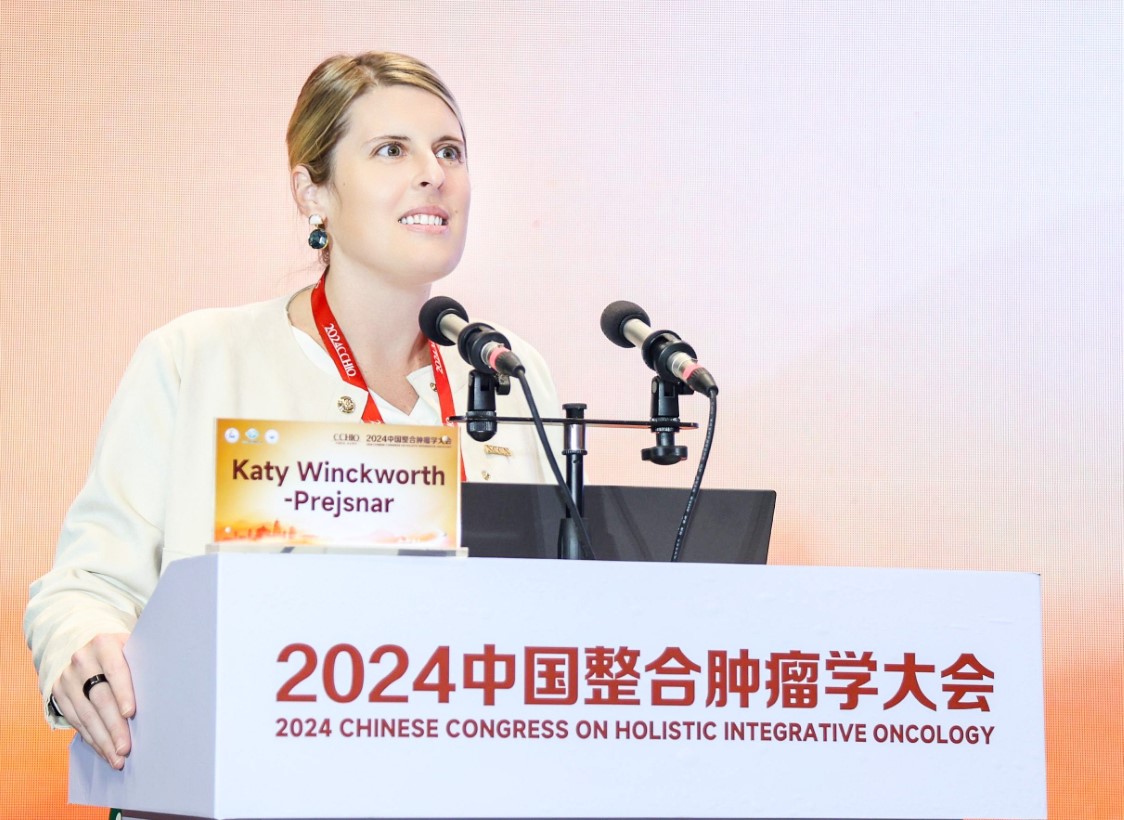
“There’s a lot of clinical advancements going on, and it makes sense to have context-specific guidelines”
Winckworth-Prejsnar also mentioned that US oncology could learn a lot from clinical trials in China about tailoring treatments to the large Chinese American population. “We know, metabolically, there are some differences. We’ve seen that in Africa… we have a large African American population, and they’re very under-represented in clinical trials in the US, and I’m sure the same could be said for Asian Americans. So that’s really important, because there are different reactions to these therapies.”
Implementing change in the clinic
Wang Guijun has been a gastric surgeon for around 20 years. He is from a hospital in Jinzhou, a remote and less-developed city located in Northeast China’s Liaoning Province. He made the 3000km round trip to Xi’an to attend the CCHIO conference, hoping to learn more about the latest developments in his field. He listened attentively to the presentation of the 2025 edition of the Chinese guidelines, and took pictures of many of the slides.
This conference was his first opportunity to get to know the guidelines, Wang told Cancerworld. While CACA has made strenuous efforts to ensure they are disseminated to every cancer professional in every hospital in every province of the country (see box), Wang says hospitals in smaller cities can often fall through the net.
“From a medical perspective, we are the medical centre of western Liaoning, but if it stands from a national perspective, our hospital is easily overlooked.” The promotion may reach larger hospitals in cities like the provincial capital Shenyang, or the major port city of Dalian, he said, “but Jinzhou might get ignored.”
Promoting the guidelines
The Chinese Anti-Cancer Association has spent considerable efforts to promote awareness of the guidelines.
From 2022 to 2023 the Association organised:
At a community level
100 lectures, conducted in 31 of China’s 34 provinces, covering a distance of 35,000km, and reaching a huge audience online.
Within hospitals
More than 2,000 training courses for local doctors conducted by more than 50 professional societies across the country.
Within universities
Cooperation with 222 universities in China to promote the Guidelines in classes and libraries.
Training and certification
A test book with 46,500 questions & answers was compiled for doctor training. As of November 2024, certificates have been issued to the almost 16,000 doctors who have passed the examination.
While Wang recognises the value of the CACA guidelines, he observes that many of his colleagues still prefer established international standards. “From the feedback of our oncology department, they rarely refer to the CACA guidelines, but more often mention ESMO, ASCO, etc.”
Wang believes it could take time for his peers to accept and switch to the new guidelines
The guidelines Wang uses most frequently in clinical practice are Japanese ones, he says, due to Japan’s strong track record in treating gastric cancer. Wang believes it could take time for his peers to accept and switch to the new guidelines. “Even though CACA guidelines incorporate a lot of Chinese data, I don’t feel that frontline healthcare professionals have yet to fully realise the advantages at the technical level,” he said.
One of the big attractions of the national guidelines, he feels, is the emphasis on holistic, integrative care.
Treating the whole patient
Liu Hong, who chairs CACA’s Breast Cancer Integrated Rehabilitation Committee, and is a specialist at Tianjin Medical University Cancer Institute and Hospital, agrees that the holistic approach is a particular strength of the updated guidelines.
She noted that Western medicine still tends to treat each organ separately. “We have very specialised departments, like those for breast cancer. If you’re a breast cancer specialist, you may not be as knowledgeable about heart disease, respiratory issues, or digestive problems. However, the human body functions as a whole, and cancer is a systemic issue. What we observe as a lump in the breast is not merely a local problem of the breast,” she says.
“Many times when patients get sick, when we investigate some possible causes, the patient may realise that, ‘I may have been under great work pressure recently,’ maybe a family member suddenly passed away, or some particularly big blows, etc.”
“It’s essential to integrate a range of professional knowledge, as the development of a tumour inevitably impacts the entire body”
Liu elaborates that a holistic approach emphasises that it’s essential to address not only the disease but also the associated risk factors, and to integrate a range of professional knowledge, as the development of a tumour inevitably impacts the entire body.
“For example, metastasis can occur. Breast cancer patients might face psychological challenges, and surgery can lead to physical effects, such as oedema. It’s also important to consider the potential long-term effects of medications.”
She concludes that treatment should be viewed as comprehensive and multidisciplinary. “When diagnosing this disease, I must also consider other problems caused by this disease. Ultimately, it’s about managing the patient throughout the entire process.”
A question of capacity
With the latest version of the guidelines, CACA joins other oncology societies around the world that are leading efforts to routinely integrate holistic care into the patient-centred process of planning treatment and care. In doing so, however, they may have to tackle many of the same challenges of capacity and access encountered by clinicians and patients elsewhere.
“In Beijing, large hospitals have strong capabilities across various disciplines, making it easier to promote services like mental health support, acupuncture, music therapy, and so on,” said Wang; however, many hospitals in less developed cities lack these supportive treatment options. “You need to have these disciplines in place before you can promote them,” he points out. “If they’re not available, how can you implement such approaches?” And he worries that the way hospitals are financed will deter putting more resources into expanded access to holistic care.
Hospital directors, who control resource allocation, tend to prioritise departments with higher profit margins, such as oncology, he says, while auxiliary treatments, such as traditional Chinese medicine, psychology, and palliative care, often do not receive much attention.
In an echo of similar conversations happening across many Western healthcare systems, Wang expressed concern that the huge investment China is making in cancer may be focusing too much on disease treatment at the expense of a holistic approach that promotes health and quality of life among citizens and patients. “If we invested more money and manpower not just in cancer treatment but also in prevention – improving eating habits and enhancing the quality of life – the results might be just as beneficial as focusing solely on treating the disease,” he suggested.

